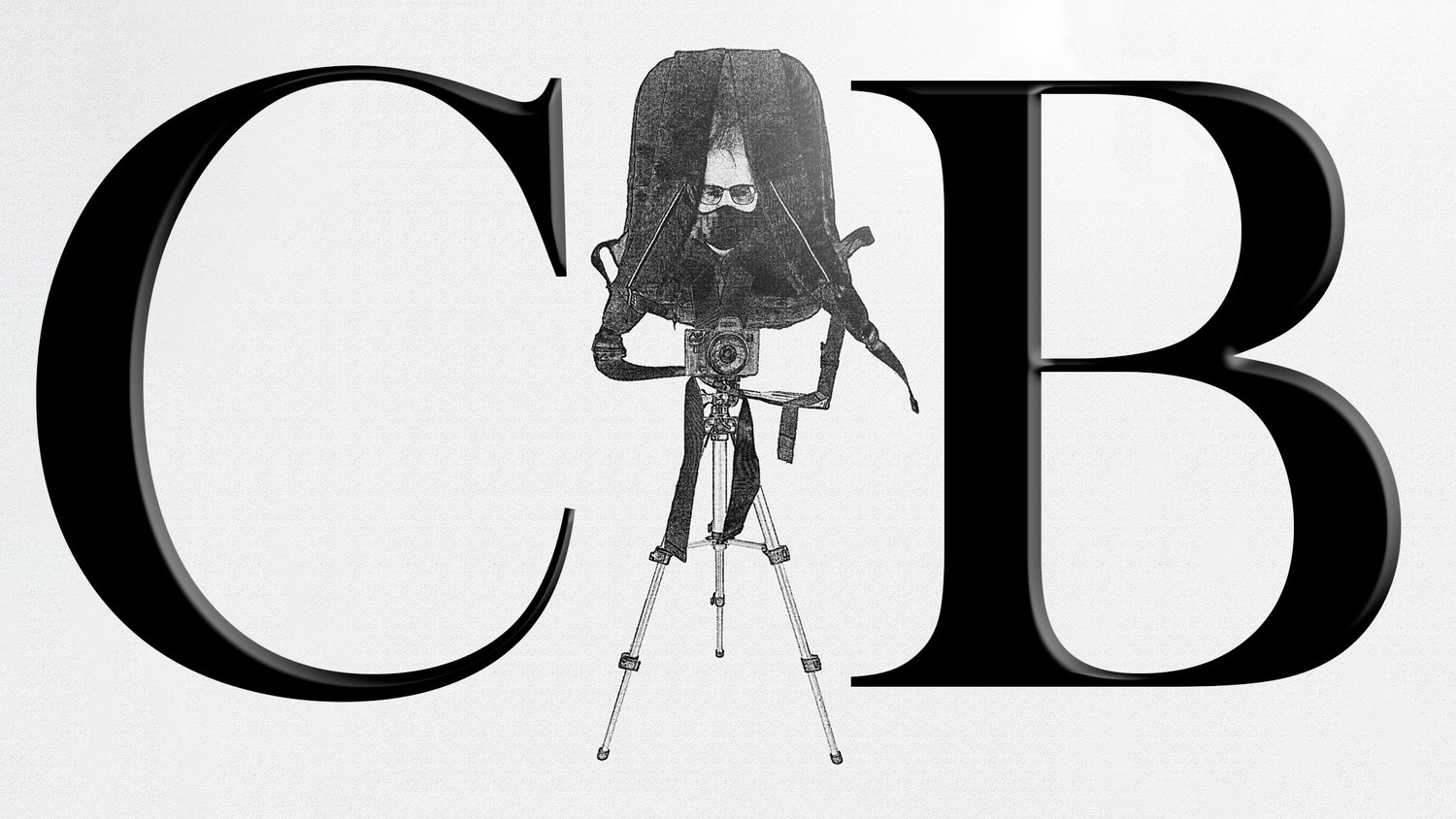What Photo Editing Software I Use and Why
My photo editing workflow has changed over time. This is the nature of the business for me. As the technology progresses, so does the way I choose to post process my photos. In fact, I think it’s safe to say that my workflow has changed somewhat each and every year since I’ve been editing images digitally. This coincides with my development as a photographer: as my photography changes, so do my photo editing techniques.
This article is for those who ask me about what photo editing software I use. And I’ll not waste time telling you what the Holy Trinity of Software is for me.
What Photo Editing Software I Use
I’ll list them in order as I generally use them in my workflow.
Adobe Lightroom
Adobe Photoshop
Skylum’s Luminar Neo
Adobe Photoshop
You’ll notice that I list Photoshop twice. That’s because I usually use Luminar Neo as a Photoshop plugin.
Now that you have my secret sauce, I’ll talk about why I use each of these for those who want to learn why.
Why I Use Lightroom
I’ll be the first to admit that I initially despised Lightroom in the early days. While it did have all the basic tools that one could want to start editing a photo, I always felt that it was a waste of time when I had Photoshop and Adobe Camera Raw (ACR), which has all the same functionality as Lightroom. But this dynamic changed for me dramatically in the middle of 2022. Why?
Because Lightroom added highly sophisticated selection tools and other enhanced capabilities that made it all but impossible for me to ignore. This meant that I could make vital edits that I’d normally use Photoshop for but during the initial Raw editing phase. Plus, I decided to start using and try to finally understand how Lightroom can help me catalog my images and make use of keywords.
In short, the Masking tools changed everything for me overnight. The fact that I could use it as an organizer was a fantastic afterthought.
The options and features have evolved since Adobe introduced this set of powerful selection tools, but here’s the latest snapshot as of December 2023. As primarily a people photographer, there are selections that I use regularly as part of my workflow, most notably the select Subject and Background options followed closely by the use of Linear and Radial gradients. I won’t dive in deeply about how I use these features; I only wish to share why Lightroom is now my go-to photo editor for the first round of post processing.
Why I Use Photoshop
Photoshop is my go-to workhorse. I have looked into and used other photo editors but there’s something that I always find lacking that Photoshop could always handle. When the claim is made that Photoshop is an “industry standard”, there are many reasons for it. But if I had to choose one reason why Photoshop is indispensable to me, it would be that I can work within a non-destructive workflow using layers.
Also, Photoshop can handle third-party plugins, like Luminar Neo. Other apps out there can do the same things but I have yet to come across a single all-in-one app that’s as powerful and useful as Photoshop. And considering what they’re doing with Generative AI, Adobe has all but future-proofed its position as the top dog in the photo editing world for the foreseeable future.
Why I Use Luminar Neo
I am one of the original adopters of Skylum Luminar Neo, having signed up for the Skylum affiliate program after having used Luminar AI previously. I began using the software before it was publicly available and continue to enjoy sneak previews of unreleased features. Why do I use it?
It’s a good question because doesn’t Photoshop do everything already? Yes — maybe. But where Luminar Neo shines is in its creative and compositing arenas, where its 100 percent artificial intelligence core particularly shines through. I use Neo to seamlessly add multiple textures to my composites as well as a creative finisher before I import images back into Photoshop. I’ve already touched on these tools on my website and elsewhere but I do plan to write more about Neo for my website soon.
Putting It All Together
There you have it, my Holy Trinity of photo editing apps. Whether I’m editing my street photography or fine art photography, I pretty much use all three apps together more than 90 percent of the time. I don’t recommend this workflow for everyone — far from it. But if you’re a fine art photographer and already have an Adobe Photography subscription, it may be worth checking out Luminar Neo.
I currently offer workshops where I’ll I teach my attendees how to use Lightroom, Photoshop, and Luminar Neo to edit high-quality fine art images. If you’re interested, have a look at my workshops under Services on my website.





